Mini Ultra 8 MHz – Available Now!
We are so excited that our Mini Ultra 8 MHz board is ready for public now. This is the official release of the board that has a revision 1.30 label on the board. Mini Ultra 8 MHz comes in the conventional green solder mask with screaming yellow white silkscreen made of TG170 FR4 material with ENIG finish. You can get Mini Ultra 8 MHz at our shop now. Here’s a complete description of Mini Ultra 8 MHz.
Specifications:
- Compatible with Arduino IDE using “Arduino Pro Mini 3.3 V 8 MHz” as the board option
- Microcontroller – ATmega328P-AU
- Clock – External ceramic 8 MHz resonator
- Operating voltage – 3.3 V
- Low quiescent current (1.6 μA) on-board 3.3 V 250 mA regulator
- Ultra low power – Minimum 1.7 μA in power down mode
- External DC source range – 3.4 – 6 V
- Indicator LED connected to digital pin 13 through a MOSFET
- FTDI 6-pin header
- Emphasis on low noise design approach:
- Analog reference voltage with LC filter
- Digital pins (D0-D13) breakout on 1 side of the board
- Analog pins (A0-A7) breakout on 1 side of the board
- Dimension – 18.41 mm x 39.37 mm (0.725″ x 1.55″)
- RoHS compliant – Yes
- Board came with pre-loaded firmware running in power down (refer to our low power library). You can measure the current consumption right away!
You can use this board together with our easy to use low power library for Arduino. We just can’t wait to see what applications and projects this board will fit into. We hope with this board, people will be able to create low power applications easier on the Arduino platform.
We would like to thank all the folks from the Arduino team (Massimo Banzi, David Cuartielles, Tom Igoe, Gianluca Martino, David A. Mellis) and Sparkfun Electronics (our wonderful supplier) as Mini Ultra 8 MHz was derived from their original work on the Arduino platform.
If you guy see that the board is out of stock on our shop, don’t worry as we are currently assembling more units.
Take care and happy tinkering.

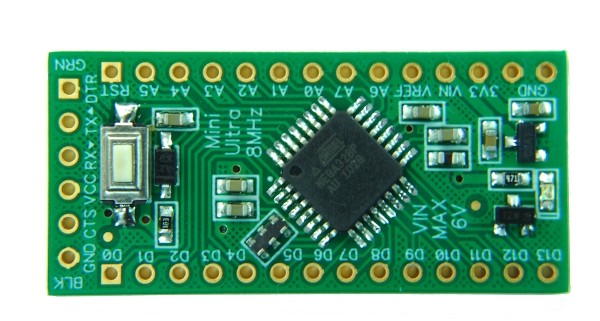
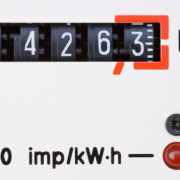
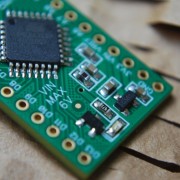
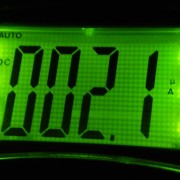
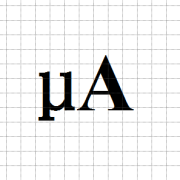
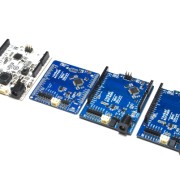
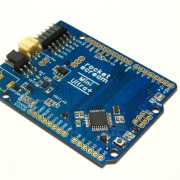
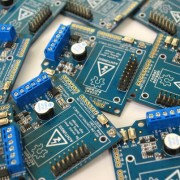
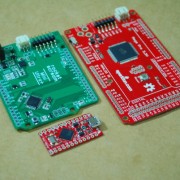







would you mind to comparare Arduino Pro Mini 3.3V Vs Arduino Mini Ultra ?
Thanks
Hi Fernando,
I haven’t personally perform test on Arduino Pro Mini 3.3V. But, if you look around, there are some reports that they consumed few hundred uA to few small mA during sleep mode.